Mona Kuhn’s love affair with Rudolph Schindler’s modernist LA home
‘The Schindler House: A Love Affair’ features artist Mona Kuhn’s surreal-inspired silver prints evoking an impossible love
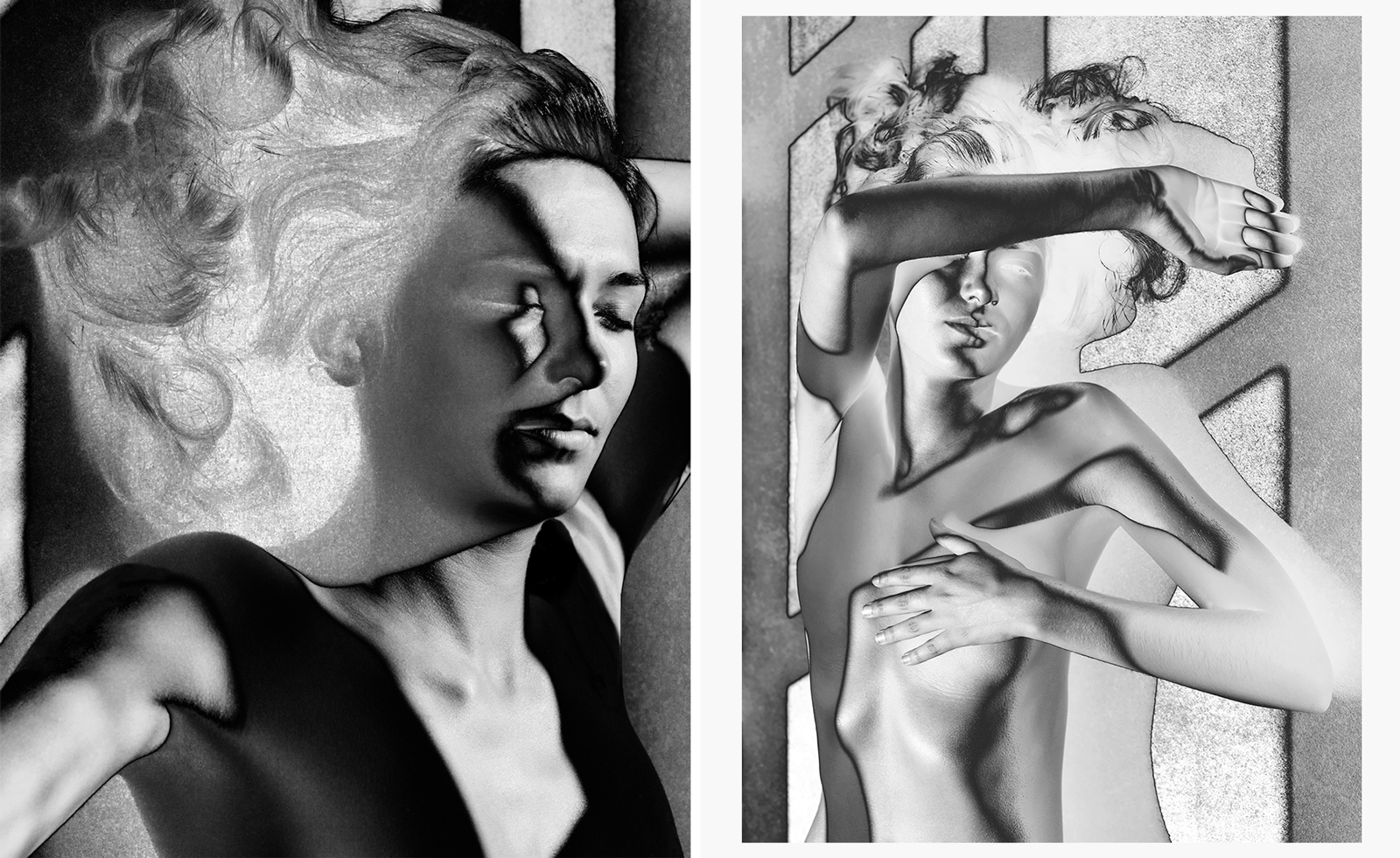
When German photographer Mona Kuhn visited the 1922 house designed by the Austrian architect Rudolph Schindler, she was captivated less by its repute as a premier example of modernism in Los Angeles than a sense of what it must have been like to live there. She imagined Schindler, who had come to the city to work with Frank Lloyd Wright, enjoying the promise of the post-war era. His house was built on a dirt track called Kings Road, which is also the title of Steidl’s book on Kuhn’s project. It embodies his 'space architecture', rooms that he designed to be open to the warm climate with outdoor dining, warm wood finishes and intentionally human, even cosy, proportions.
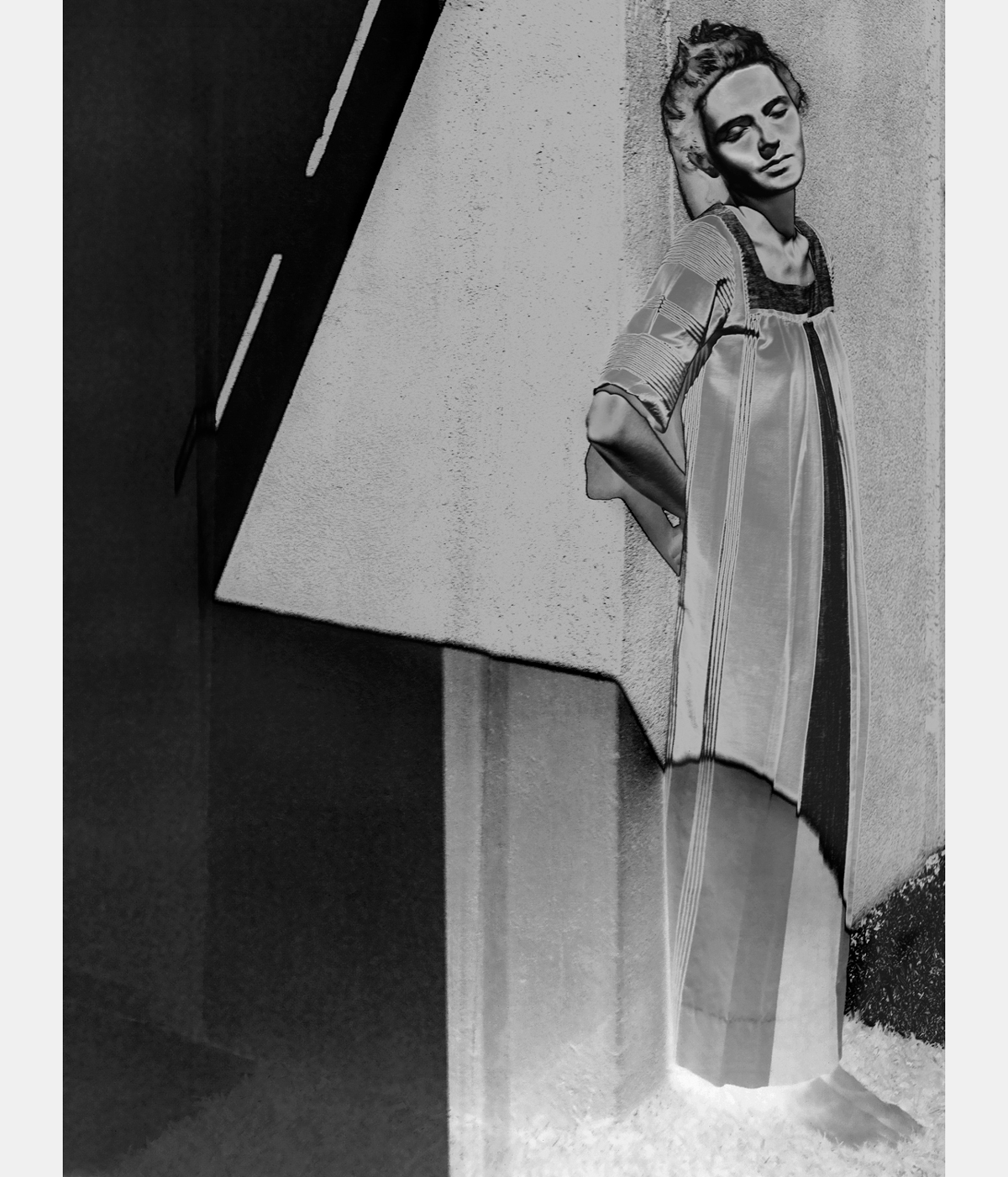
In photographing the ochre concrete walls or tantalising views of the gardens, she conjured the figure of Schindler’s former lover, a woman whose existence she discovered in his terse letter ending their love affair and citing his marriage to Pauline. 'It is a mistake to place one’s whole world unto one point or person – the world is endlessly big – and life rich without bottom – you will find your treasures – without me,' he printed in tidy pencil on ivory paper.
Kuhn is best known for her large-scale suggestive or ethereal photographs of nudes, especially women. She chose a radically different method in these pictures of the nameless lover, making prints in a solarised technique popular with early Surrealist artists like Man Ray. She wanted to remain true to the aesthetic realm of early modernism to underscore her fiction.
The exhibition ‘The Schindler House: A Love Affair’ features Kuhn’s silver prints of a slender beauty, nude or in a chemise, installed in a darkened room in Galerie XII in Santa Monica, which is owned by Valerie-Anne Giscard d’Estaing. Colour prints with details of the house interiors add to a sense of voyeuristic intimacy.
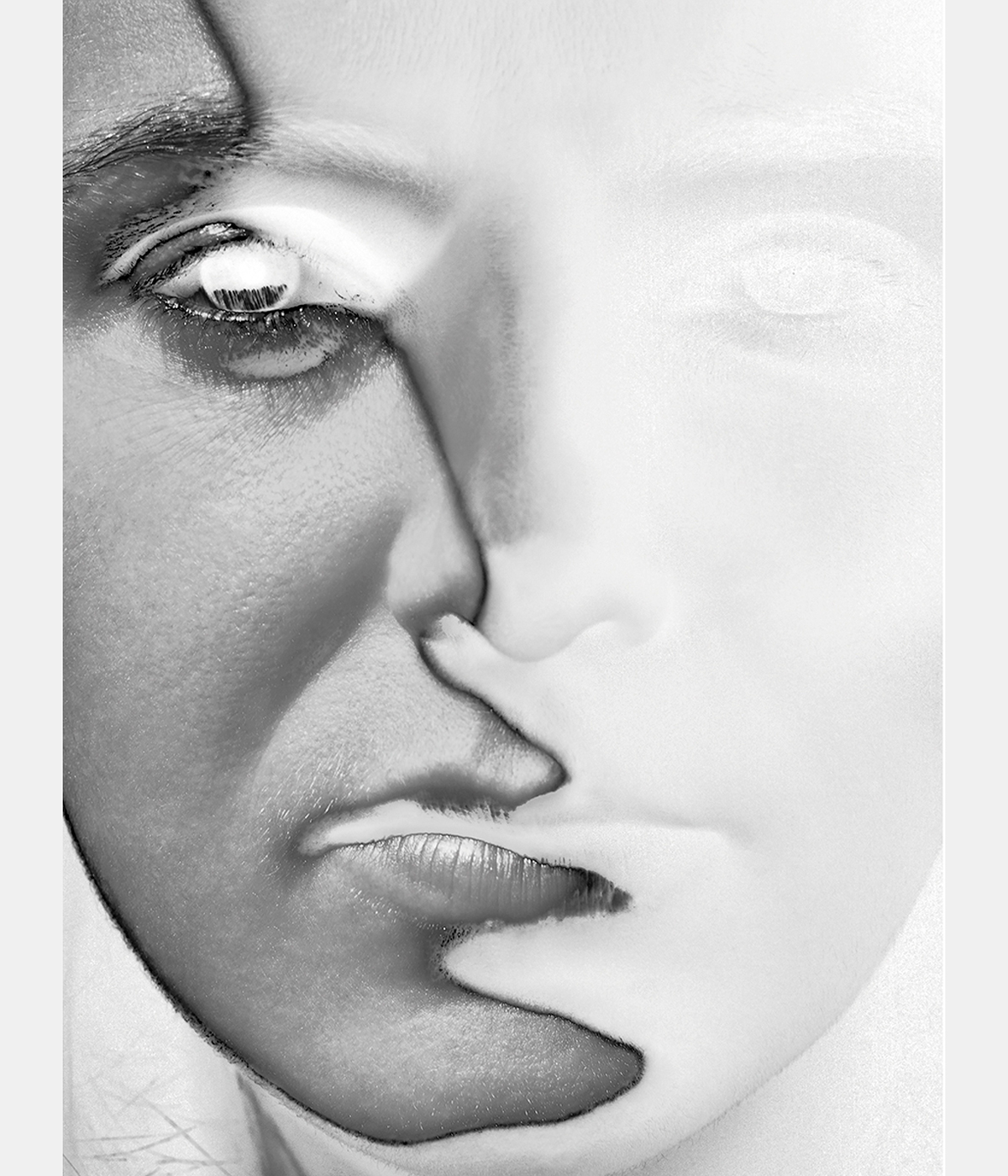
The photographs have been exhibited in other institutions and galleries but this presentation is based on Schindler's own architectural concepts of space. Projections of the architect’s letters and blue prints illuminate walls of the gallery with a sound installation composed by Boris Salchow. Kuhn hopes viewers will feel immersed in the experience of another time and the lure of an impossible love. 'I wanted for them to find each other again, many years later, in yet another form of art. It was the impossibility of their moment in time that gave me an impulse forward,' she wrote.
This fiction allows us to think about the renowned architect as a person with desires and foibles apart from the man who had a profound effect on the evolution of architecture. Kuhn did her research at the archive at UC Santa Barbara. The Austrian MAK Center for Art and Architecture owns and operates the house.
There are many stories of early years at the house, when Schindler and fellow Austrian architect Richard Neutra lived in separate but connected wings of the house with their respective wives. Stories of romantic intrigue are part of that lore but Kuhn was attracted more by the unknown saga that she has portrayed. 'I was interested in the quiet and fragile moments of loneliness: immigration, relation to family back in Austria, professional under-appreciation, all sorts of personal artistic emotions that usually live beneath the surface,' she explained.
The book Mona Kuhn: Kings Road is published by Steidl, also available from amazon.com
Wallpaper* Newsletter
Receive our daily digest of inspiration, escapism and design stories from around the world direct to your inbox.
The 'Schindler House, a Love Affair' exhibition is at Galerie XII Los Angeles until 12 October 2024, galeriexii.com
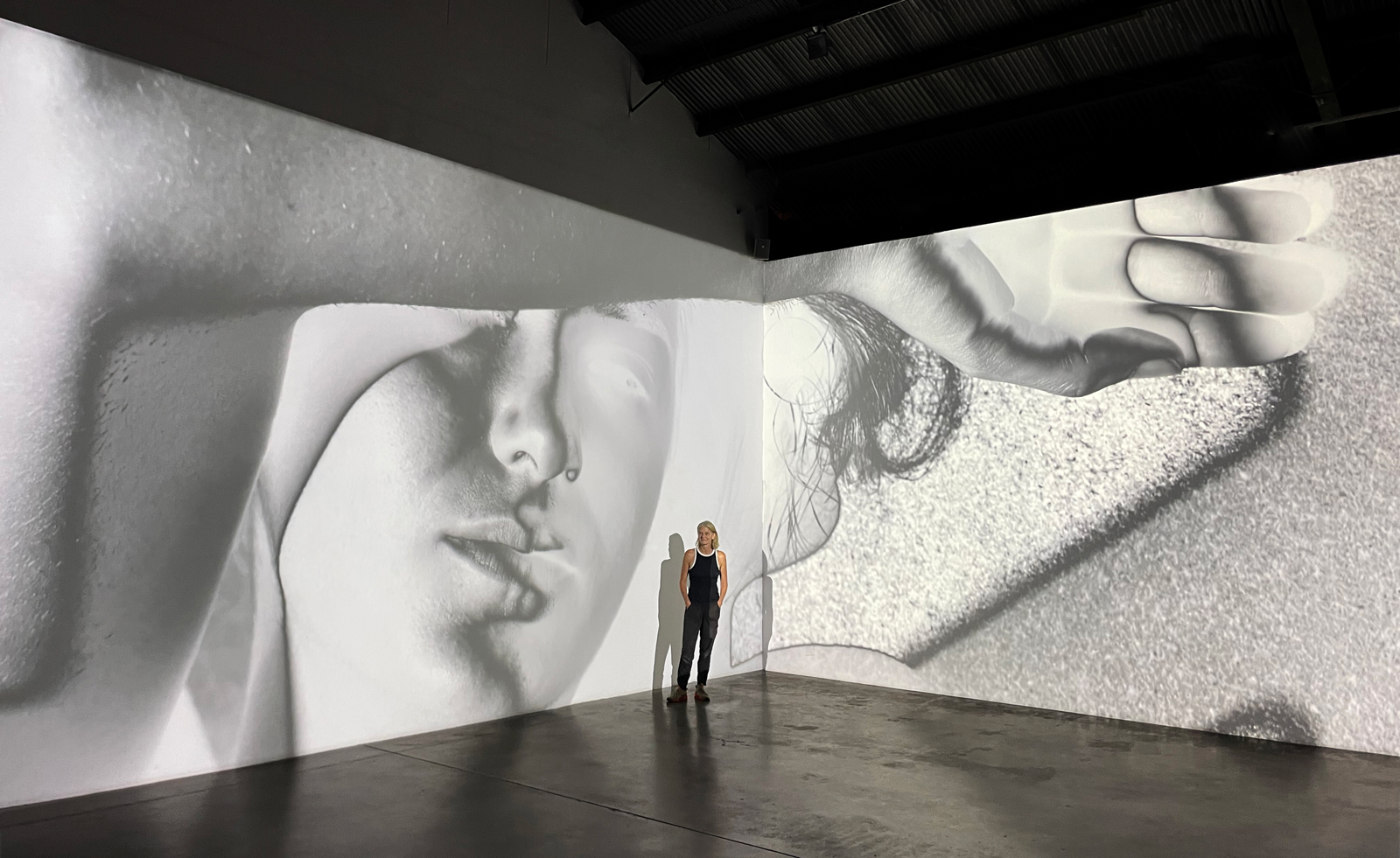
'Schinder House, a Love Affair', installation view
-
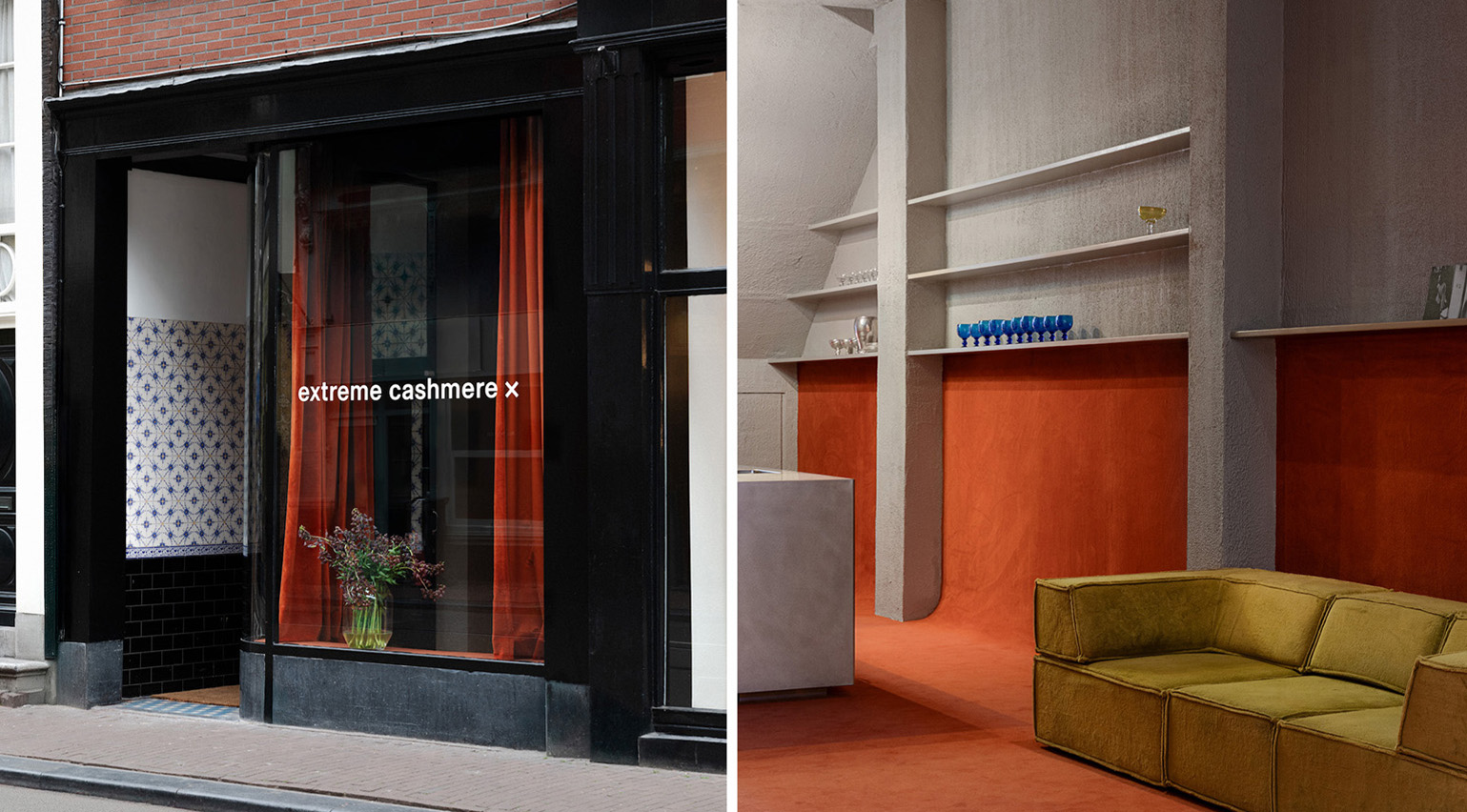 Extreme Cashmere reimagines retail with its new Amsterdam store: ‘You want to take your shoes off and stay’
Extreme Cashmere reimagines retail with its new Amsterdam store: ‘You want to take your shoes off and stay’Wallpaper* takes a tour of Extreme Cashmere’s new Amsterdam store, a space which reflects the label’s famed hospitality and unconventional approach to knitwear
By Jack Moss
-
 Titanium watches are strong, light and enduring: here are some of the best
Titanium watches are strong, light and enduring: here are some of the bestBrands including Bremont, Christopher Ward and Grand Seiko are exploring the possibilities of titanium watches
By Chris Hall
-
 Warp Records announces its first event in over a decade at the Barbican
Warp Records announces its first event in over a decade at the Barbican‘A Warp Happening,' landing 14 June, is guaranteed to be an epic day out
By Tianna Williams
-
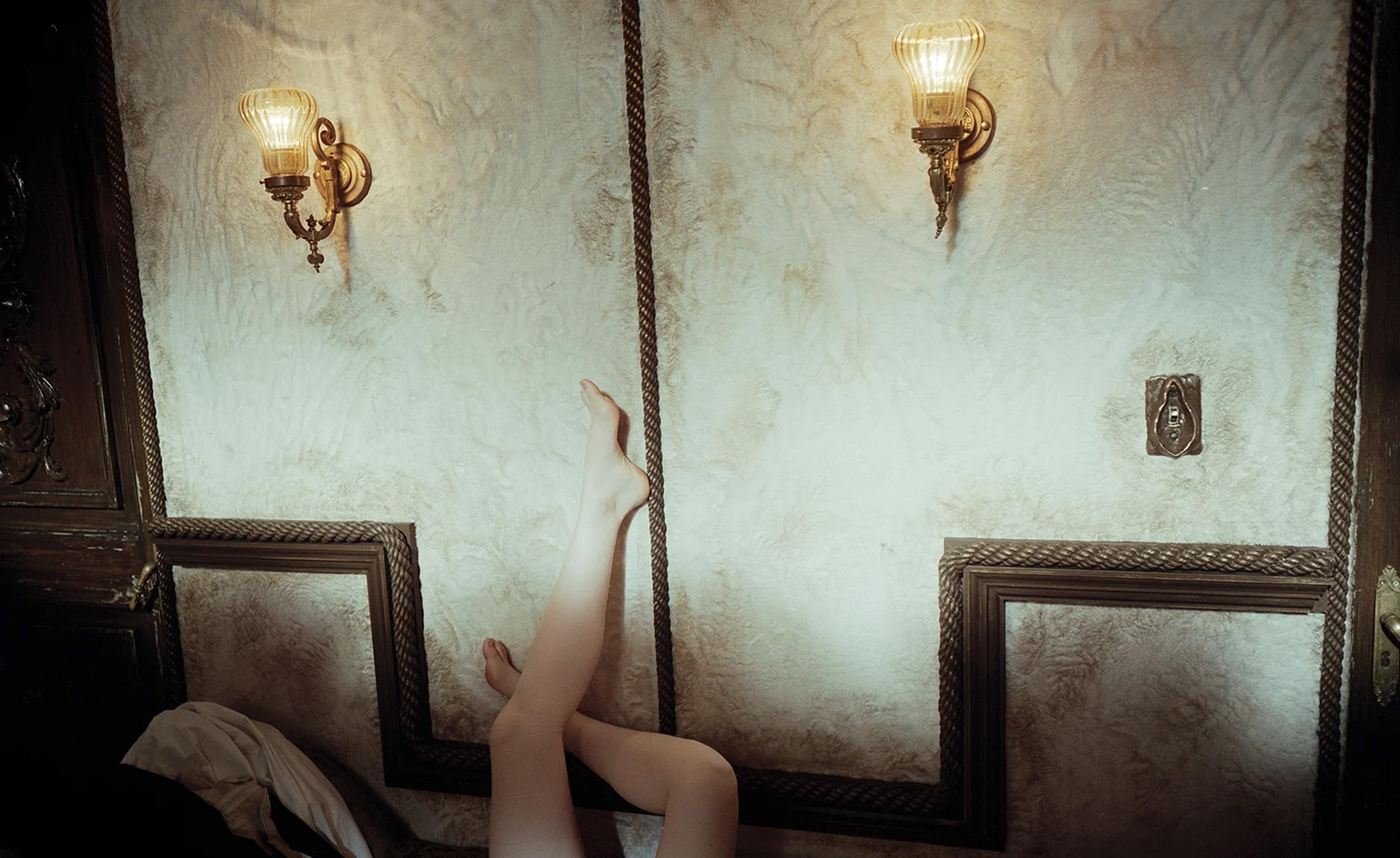 Unlike the gloriously grotesque imagery in his films, Yorgos Lanthimos’ photographs are quietly beautiful
Unlike the gloriously grotesque imagery in his films, Yorgos Lanthimos’ photographs are quietly beautifulAn exhibition at Webber Gallery in Los Angeles presents Yorgos Lanthimos’ photography
By Katie Tobin
-
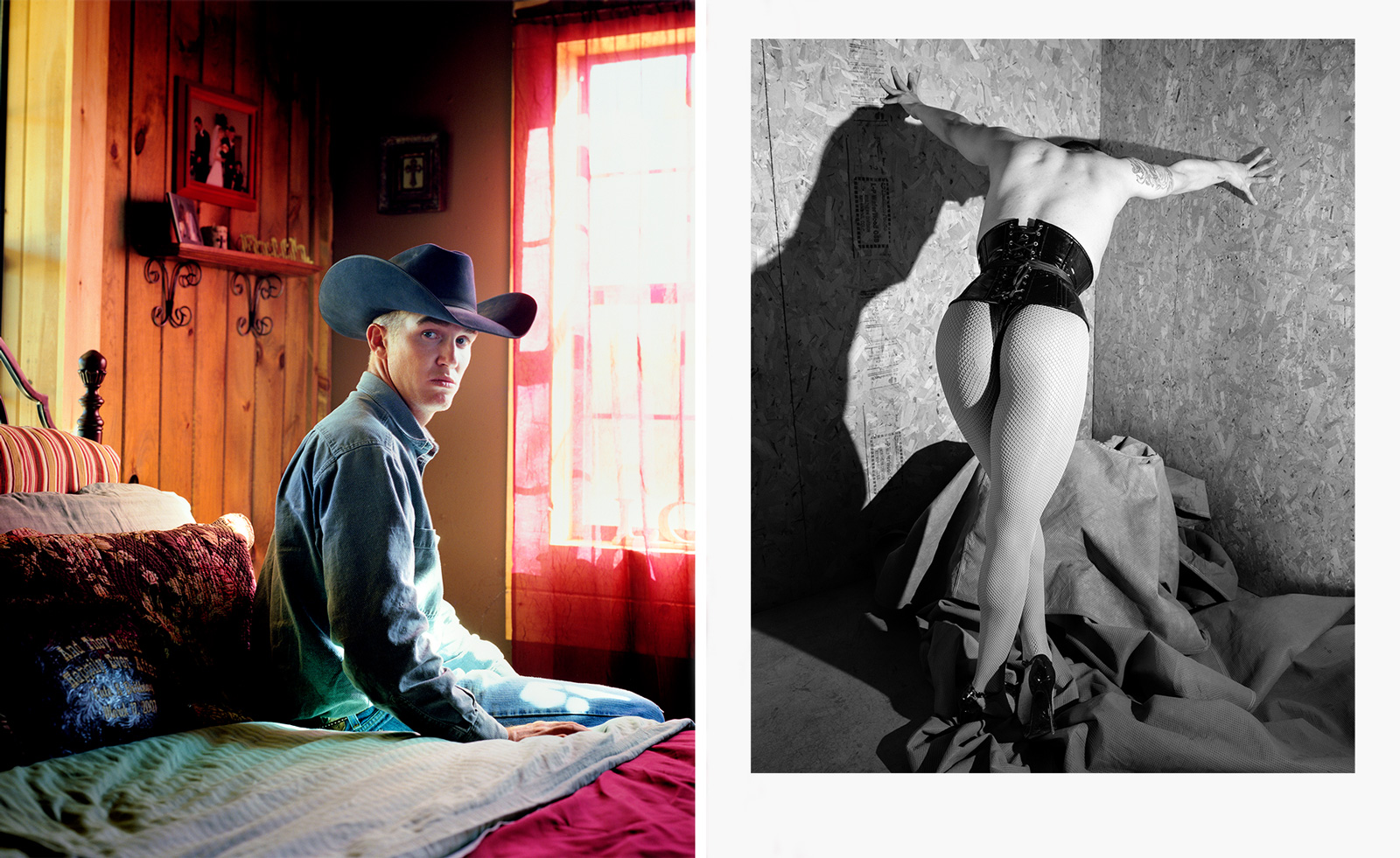 Cowboys and Queens: Jane Hilton's celebration of culture on the fringes
Cowboys and Queens: Jane Hilton's celebration of culture on the fringesPhotographer Jane Hilton captures cowboy and drag queen culture for a new exhibition and book
By Hannah Silver
-
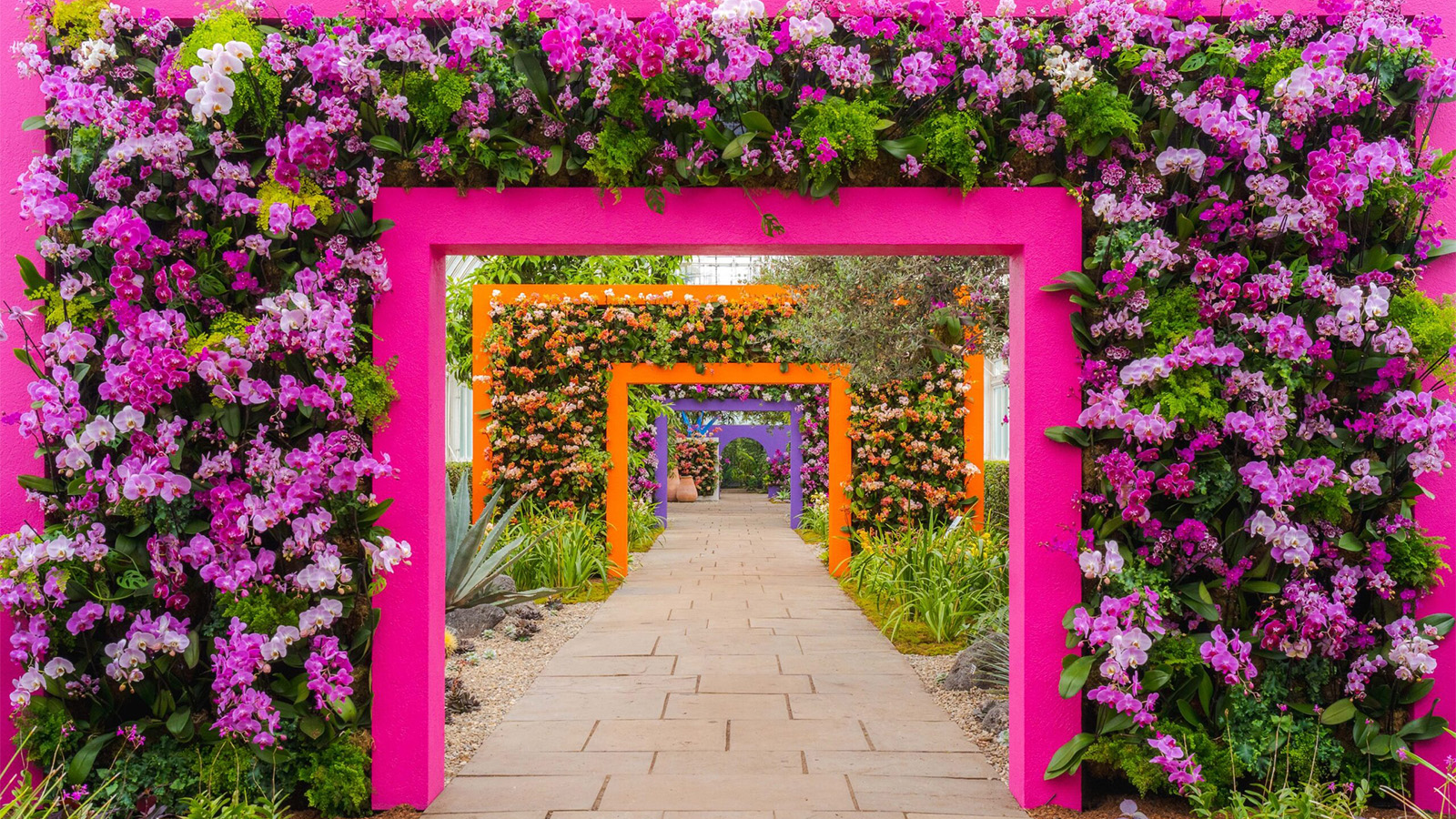 This rainbow-coloured flower show was inspired by Luis Barragán's architecture
This rainbow-coloured flower show was inspired by Luis Barragán's architectureModernism shows off its flowery side at the New York Botanical Garden's annual orchid show.
By Tianna Williams
-
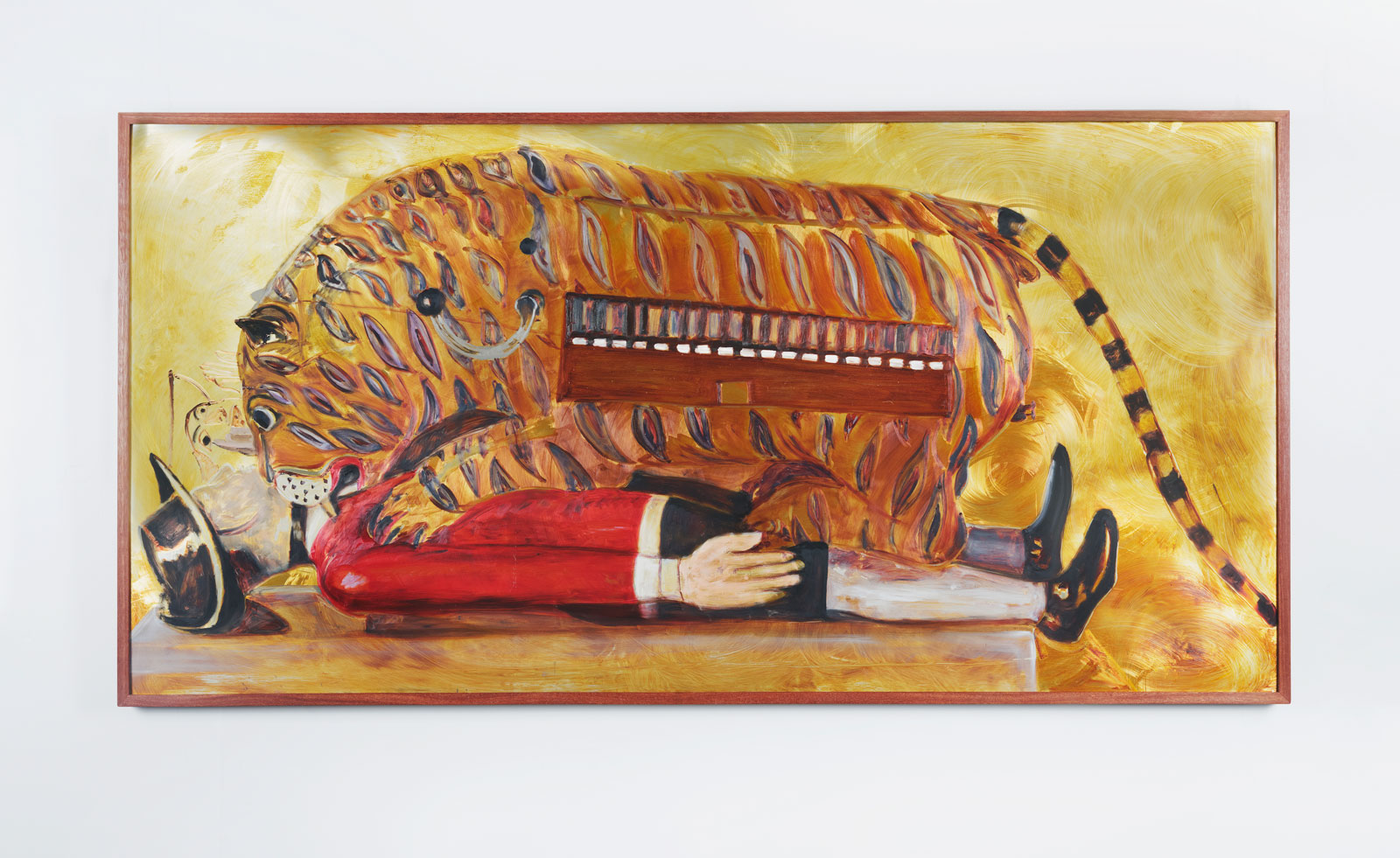 New gallery Rajiv Menon Contemporary brings contemporary South Asian and diasporic art to Los Angeles
New gallery Rajiv Menon Contemporary brings contemporary South Asian and diasporic art to Los Angeles'Exhibitionism', the inaugural showcase at Rajiv Menon Contemporary gallery in Hollywood, examines the boundaries of intimacy
By Aastha D
-
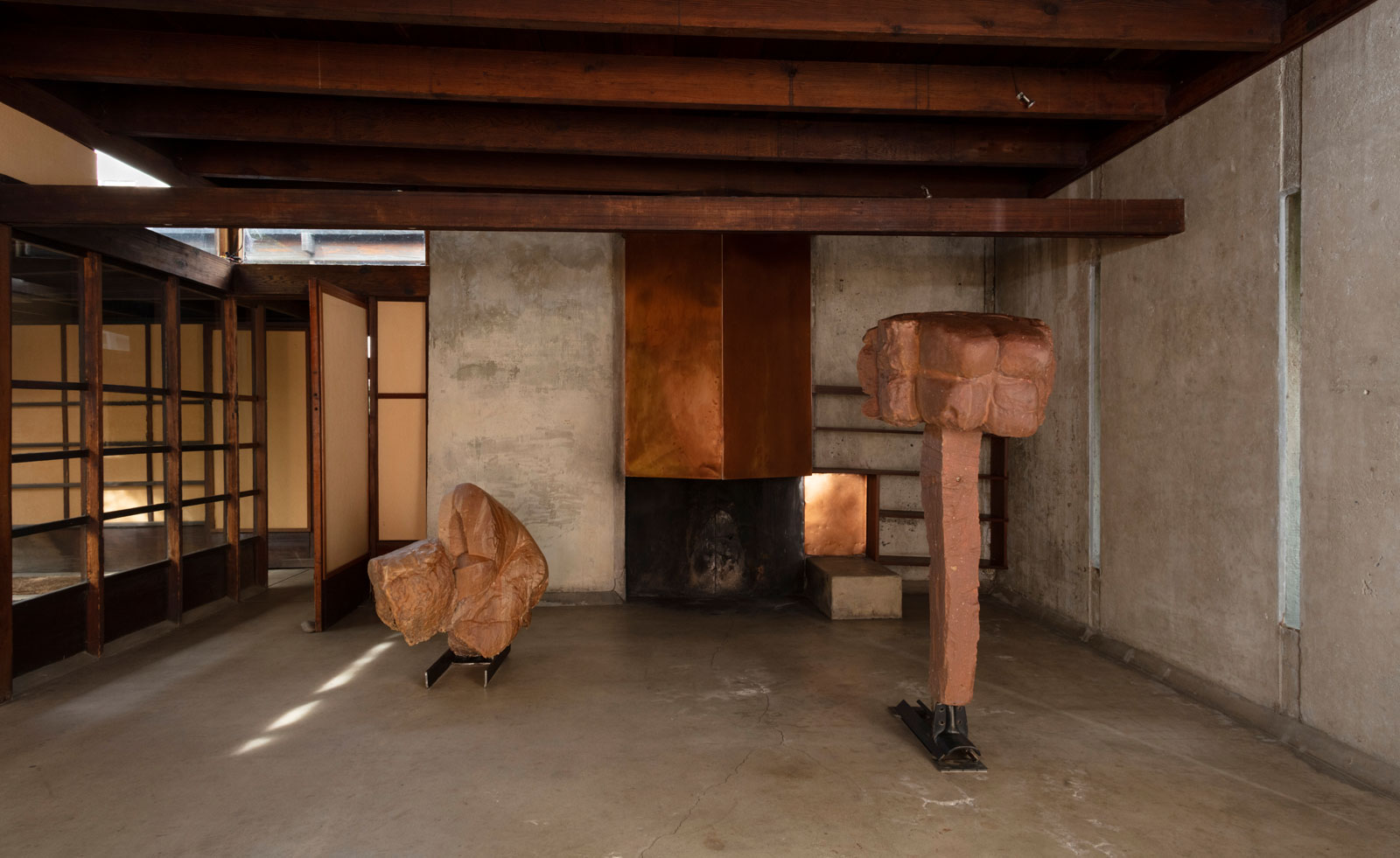 Helmut Lang showcases his provocative sculptures in a modernist Los Angeles home
Helmut Lang showcases his provocative sculptures in a modernist Los Angeles home‘Helmut Lang: What remains behind’ sees the artist and former fashion designer open a new show of works at MAK Center for Art and Architecture at the Schindler House
By Francesca Perry
-
 Don't miss these seven artists at Frieze Los Angeles
Don't miss these seven artists at Frieze Los AngelesFrieze LA returns for its sixth edition, running 20-23 February, showcasing over 100 galleries from more than 20 countries, as well as local staples featuring the city’s leading creatives
By Annabel Keenan
-
 Pop culture, nostalgia and familiarity: Sam McKinniss in LA
Pop culture, nostalgia and familiarity: Sam McKinniss in LAArtist Sam McKinniss’ solo exhibition of paintings at David Kordansky Gallery in Los Angeles taps into familiarity, loss, and nostalgia
By Tianna Williams
-
 Inside the distorted world of artist George Rouy
Inside the distorted world of artist George RouyFrequently drawing comparisons with Francis Bacon, painter George Rouy is gaining peer points for his use of classic techniques to distort the human form
By Hannah Silver